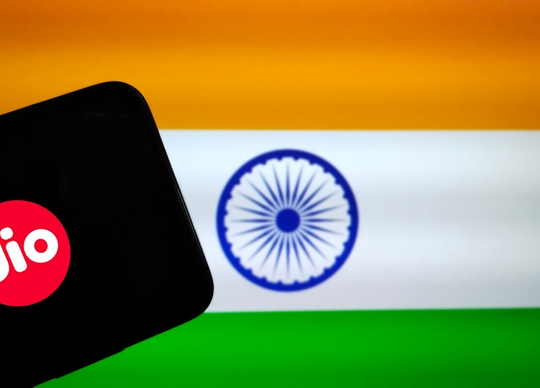
Jio Space Technology Limited has announced a joint venture between Jio Platforms Limited and SES, and GlobalData says the joint venture goes a long way in strengthening the overall broadband services market in India.
According to the agreement, Jio Platforms and SES will own 51% and 49% stakes, respectively, in Jio Space Technology Limited.
The joint venture will use multi-orbit space networks, a combination of geostationary and medium earth orbit fleet of satellites that can deliver multi-gigabit links (up to 100 Gbps) and capacity to enterprise, mobile backhaul and retail customers in India.
Kantipudi Pradeepthi, Telecom Research Analyst at GlobalData, comments: “India’s broadband services market is currently dominated by fiber broadband technology, which accounts for about 45% of the total fixed broadband accounts (as of 2021). Jio Space Technology Limited will further support the country’s broadband market by introducing advanced, scalable, and low-cost broadband services based on satellite technology, and developing an extensive gateway infrastructure to provide services within the country.”
Earlier in January 2022, Bharti Airtel and the UK government-owned OneWeb and Hughes Communications announced plans to distribute the low earth orbit satellite-based broadband services in India.
Airtel will use satellite broadband services to connect remote villages and towns in the difficult-to-reach areas and serve enterprises across segments such as banking, aeronautical and maritime mobility, small to medium-sized businesses, education and telecom backhaul.
In addition, Elon Musk’s satellite Internet company Starlink has been waiting for clearance from the Indian government to offer satellite broadband services.
Pradeepthi concludes: “The recent developments in satellite broadband space in India will not just benefit the country’s broadband services market by providing additional coverage and capacity via satellite technology but also strengthen the country’s digital economy by connecting consumers, government establishments and enterprises even from remote locations to digital services.”






